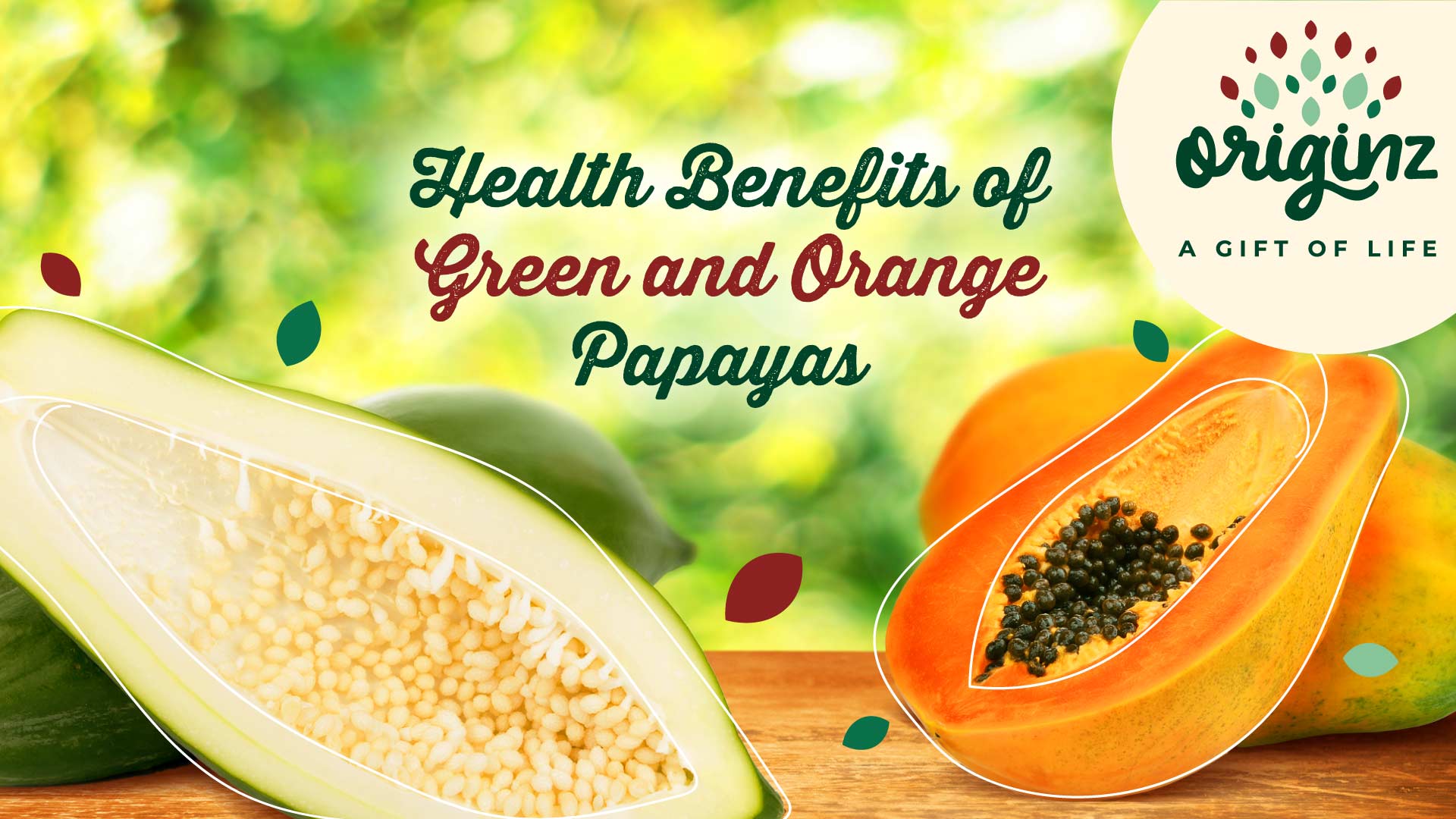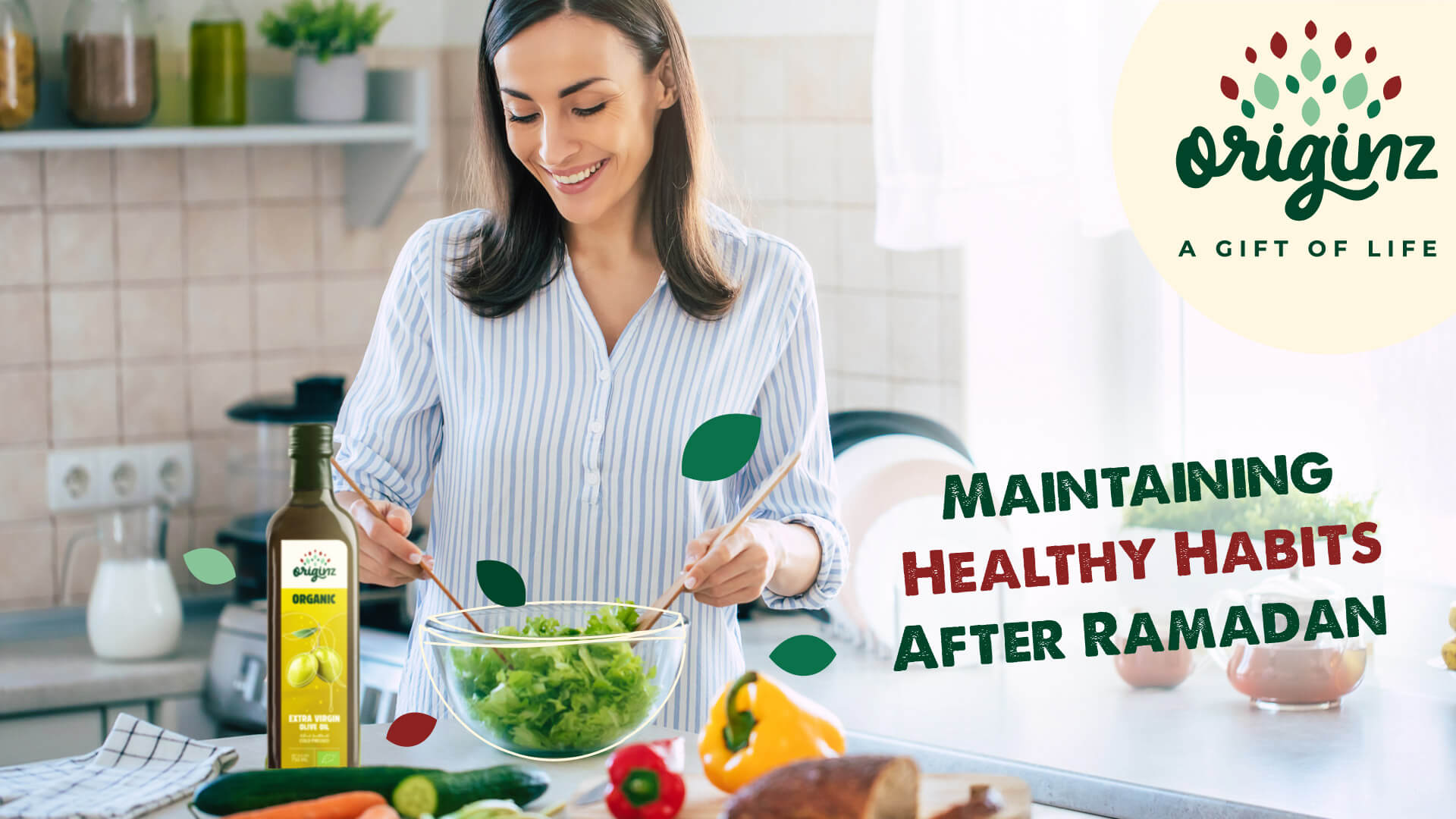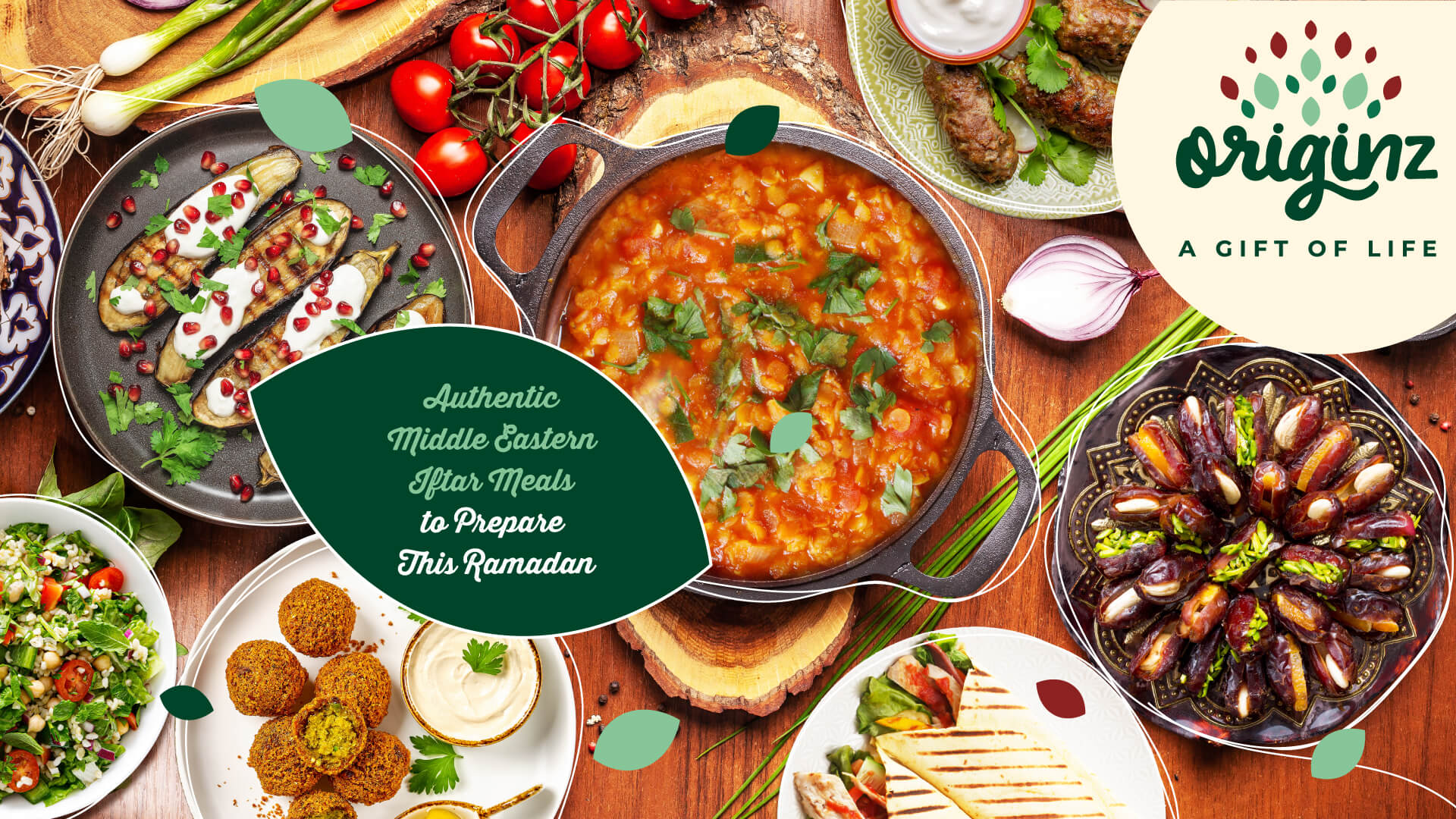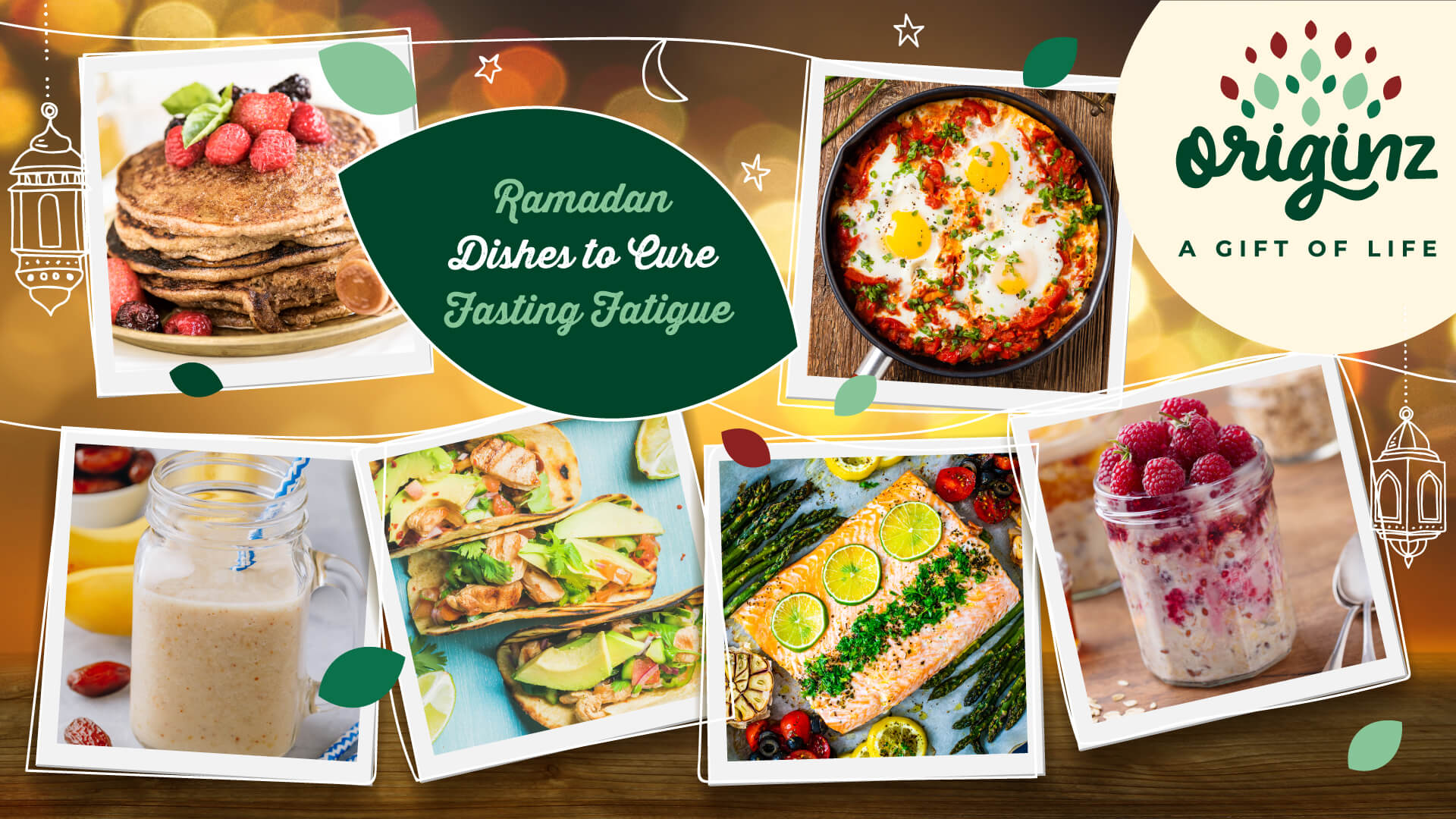
Health Benefits of Green and Orange Papayas
Green and orange papayas are both members of the fruit family Caricaceae, which is mostly native to South America and includes the mountain papaya and the babaco fruit. There is a common misconception that these are two different fruits. In fact, green and orange papayas are the same fruit. The key difference is the stage of their development when they are picked – papayas on the tree start out green and become orange later in life. This means that these two types of papaya are very different in terms of flavour, texture, and nutritional profile, so it is helpful to know which nutrients can be found in which type of papaya. This blog will delve into the nutritional differences and health benefits of green and orange papayas to inspire you to include both in your diet. So let's delve deep into the nutritional profiles and the papaya benefits.
Nutritional Profiles of Green and Orange Papaya
As the papaya grows and matures, the nutritional content changes dramatically. Here are a few key differences between them:
Vitamin Content
Green papayas are very rich in vitamin C, the same compound found in kiwis and citrus fruits. This vitamin has antioxidant properties, and supports immune and skin health. Orange papayas contain less vitamin C than green papayas but make up for this with their high beta-carotene content. Beta-carotene is absorbed by the body as vitamin A, which contributes to eye health. Beta-carotene is also what gives orange papayas their colour.
Dietary Fibre
Because they are less mature, green papayas are generally higher in dietary fibre than orange papayas. This helps regulate the digestive system, promoting regular bowel movements and stopping constipation. Orange papayas have less fibre than green, but still are very useful for promoting gut health.
Enzymes
Both green and orange papayas contain an enzyme called papain, which is only found in papaya fruit. Papain is found in the juice of raw papayas, meaning green papayas have slightly more papain than orange. This enzyme is a kind of protease, helping break down proteins to alleviate symptoms of bloating and indigestion. It is also speculated that papain might contain substances that fight infections and help the body heal wounds.
Now that we know the ways green and orange papayas differ in terms of nutrients, we can dive deeper into the various papaya health benefits.
Immune System Support
Both green and orange papayas are high in vitamin C, which is vital for the protection and support of the immune system. Though green papayas contain a higher amount of vitamin C, the beta-carotene (vitamin A) in orange papayas gives the body a little extra immune support.
Digestive Health
Green papayas in particular are highly beneficial for proper gut functioning. As well as a large dose of dietary fibre, green papayas also provide the enzyme papain, which helps break down proteins that might be hard to digest otherwise. Orange papayas contain smaller amounts of these compounds but are still a tasty way to support the digestive system.
Skin Health
The vitamin C in papayas goes beyond simply protecting the immune system. It also plays a key role in the production of collagen, a compound that keeps your skin looking soft and vibrant. Collagen also helps prevent premature aging. What is more, the beta-carotene in orange papayas prevents skin dryness and protects the skin barrier from damage.
Antioxidant Properties
As well as vitamin C, papayas also contain flavonoids and carotenoids, antioxidants that shield your cells from attack by free radicals. By reducing oxidative stress on the body, these compounds lower your risk of chronic illness later in life. They also help reduce inflammation, which benefits your skin and your joints. It is important to note that wherever possible, you should choose organic papayas for your meals – organic food often has a higher nutrient content than processed food, so you can avail yourself of more of the papaya benefits.
FAQs
What are some flavour differences between green and orange papayas?
Green papayas are generally less sweet than orange papayas, with a little hint of tanginess coming from vitamin C and malic acid. Green papayas’ under ripeness also gives them an almost vegetable-like flavour in some cases, which means they can be used in savoury as well as sweet dishes. Orange papayas are much sweeter and juicier because of the development of natural fructose over time. This stage of papaya is much more used in sweet foods like desserts or fruit smoothies or can be enjoyed as a standalone snack.
Are papayas eaten in the Middle East?
Papayas are not native to the Middle East, but to Central America. However, there is a lot of demand for papayas in Arab countries such as Saudi Arabia and the Gulf. Indeed, Saudi Arabian farmers are now beginning to grow papayas industrially – a new papaya plantation in the Jizan region uses its hot desert climate to replicate the native growing environment of the papaya, creating a tasty local variant.How can I ripen a green papaya at home?
The process of ripening a green papaya at home is slower than if it were still on the tree, but you can ripen your papaya by putting it in a paper bag with a ripe banana – ripe bananas produce ethylene gas in small amounts, which helps other fruits ripen. You can tell if a papaya is ripe when it has a yellow-orange skin and yields to gentle pressure.
Are there any health risks linked with green or orange papayas?
Papayas are usually safe to eat for most people. However, people with latex allergies might wish to avoid green papayas because of their latex content. Also, papain enzyme can stimulate contractions in pregnant women. For more detailed advice on health risks and allergies, consult a medical professional.
In conclusion, both green and orange papayas can offer you myriad health benefits, which is even more interesting when you remember that these two are actually the same fruit. Whatever stage of development you enjoy your papaya at, you can be sure that your body will thank you for putting papayas on your plate. If you’re looking to be inspired with fruit smoothie recipes, then these delicious recipes from Originz will give you what you need!
Further Read,
Latest Blogs

Maintaining Healthy Habits After Ramadan
Have Ramadan healthy meals after Ramadan and maintain healthy food habits and implement them in your daily lives. Read more about healthy food habits.

Authentic Middle Eastern Iftar Meals to Prepare This Ramadan
Prepare some authentic middle eastern iftar meals this Ramadan. Look for fresh Ramadan food ideas and make your day memorable with these dishes. Check them out.

Ramadan Dishes to Cure Fasting Fatigue
Don’t worry about fasting fatigue anymore as we have listed some best Ramadan dishes and easy iftar meals to support your fasting journey. Check them out.

Eid-al-Fitr Feast: Delicious Recipes to Celebrate the End of Ramadan
Celebrate the end of Ramadan with delicious recipes on the eve of Eid ul Fitr. Read more about the traditional Ramadan recipes and make them easily.